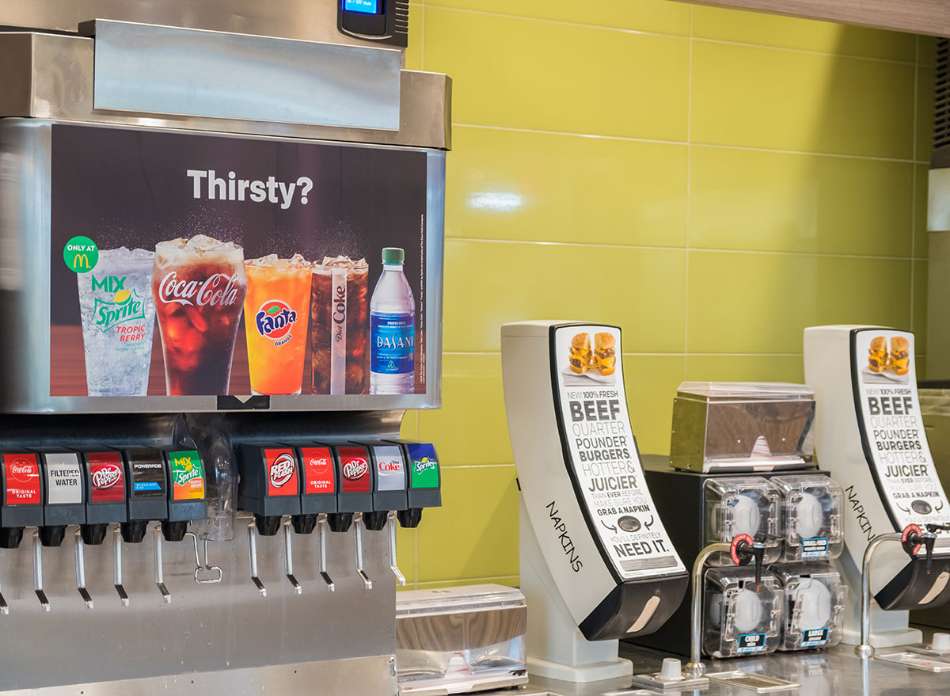According to experts, tipping in the United States has become excessive and problematic. Here’s the reason why

Have you noticed the last time you bought something without being asked to leave a tip? The practice of asking for tips on purchased goods and services has become more prevalent, and the customary amount of a tip has been increasing for many years.

In the 1950s, a customary tip for services rendered was 10% of the bill. However, by the 1970s and 1980s, the expected tip percentage had increased to 15%. Fast forward to 2023, and the typical tip ranges from 15% to 25%. According to a survey conducted by Creditcards.com in May 2022, consumers on average reported tipping more than 21%.
According to Thomas Farley, an etiquette expert commonly known as “Mister Manners,” a trend known as “tipflation” is becoming increasingly prevalent across the country. This refers to the frequent use of tablets and other electronic devices to prompt customers to select a tip amount.
Furthermore, the COVID-19 pandemic has further increased the pressure to tip. As the crisis escalated, people began tipping for services they previously wouldn’t have, in an effort to support workers in the service industry.
Square reported that in February 2020, before the onset of the pandemic, about 43.4% of food and drink transactions that included a tip were made remotely. By February 2023, this figure had increased significantly to 74.5%.
One reason for the increase in tipping is the growing trend of asking customers to tip when they pick up their food, similar to when food is delivered to their homes. This practice has become more common among restaurants and has remained popular.
Additionally, newer and more visually appealing technologies, such as kiosks and tablets, often display three prominent tipping options for customers to choose from. Business owners usually select these options, and they also have the ability to turn off the feature if they desire.
According to a survey by Creditcards.com, 22% of participants feel pressured to give a higher tip than they typically would when presented with suggested tip amounts. This is because they view the suggested options as a guide for what is considered normal, and therefore, feel obligated to tip within that range. Professor Mike Lynn, an expert in consumer behavior and marketing at Cornell University’s School of Hotel Administration, explains that the more suggested tip options presented, the higher the likelihood of receiving a larger tip.
In certain instances, companies may charge lower fees, making it easier for merchants to accept various credit cards without incurring significant expenses. These companies often do not require long-term contracts and also offer additional beneficial features such as employee and inventory management tools.
Dave Koning, a senior research analyst at Baird, noted that Square successfully made credit card processing accessible to individuals and small-scale merchants, contributing significantly to the company’s impressive growth. As of today, credit card processing constitutes half of Square’s business.




